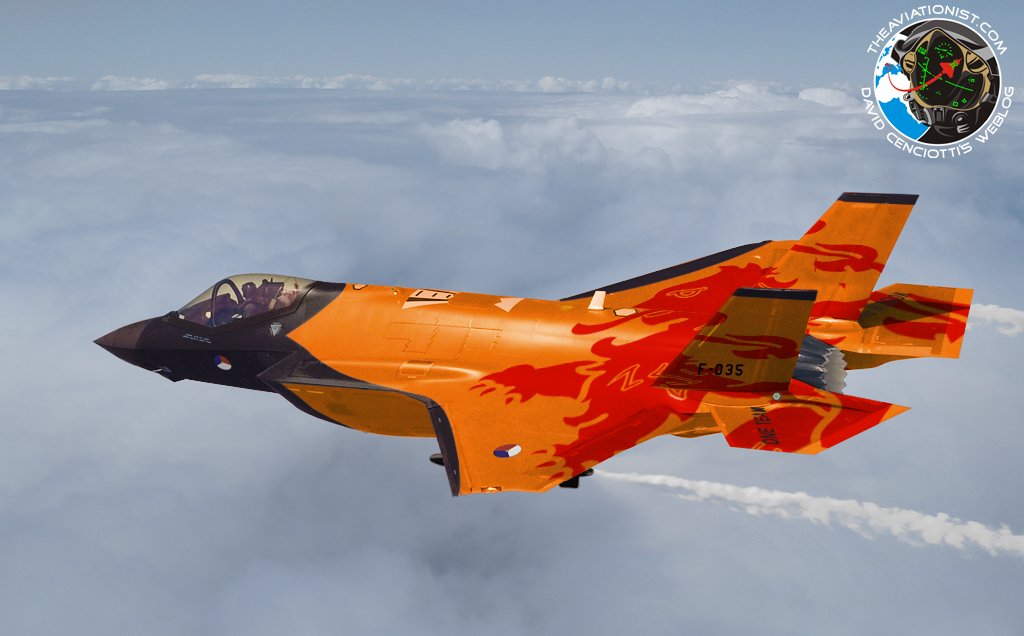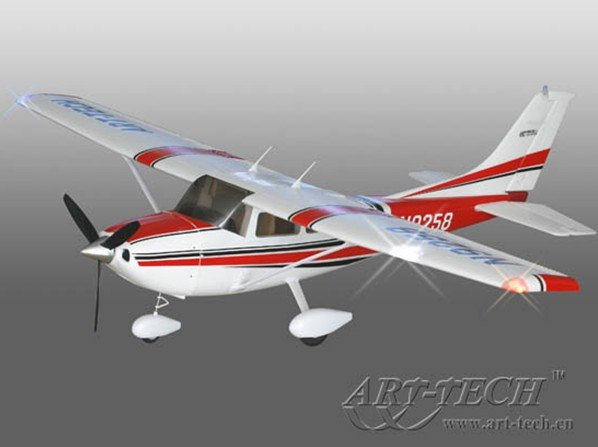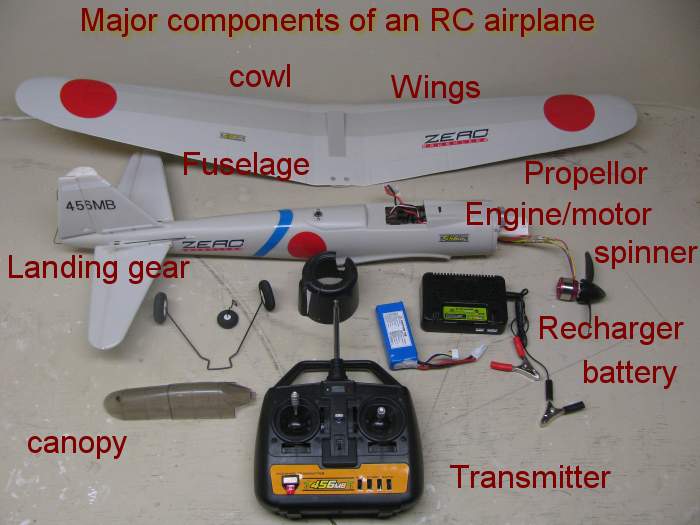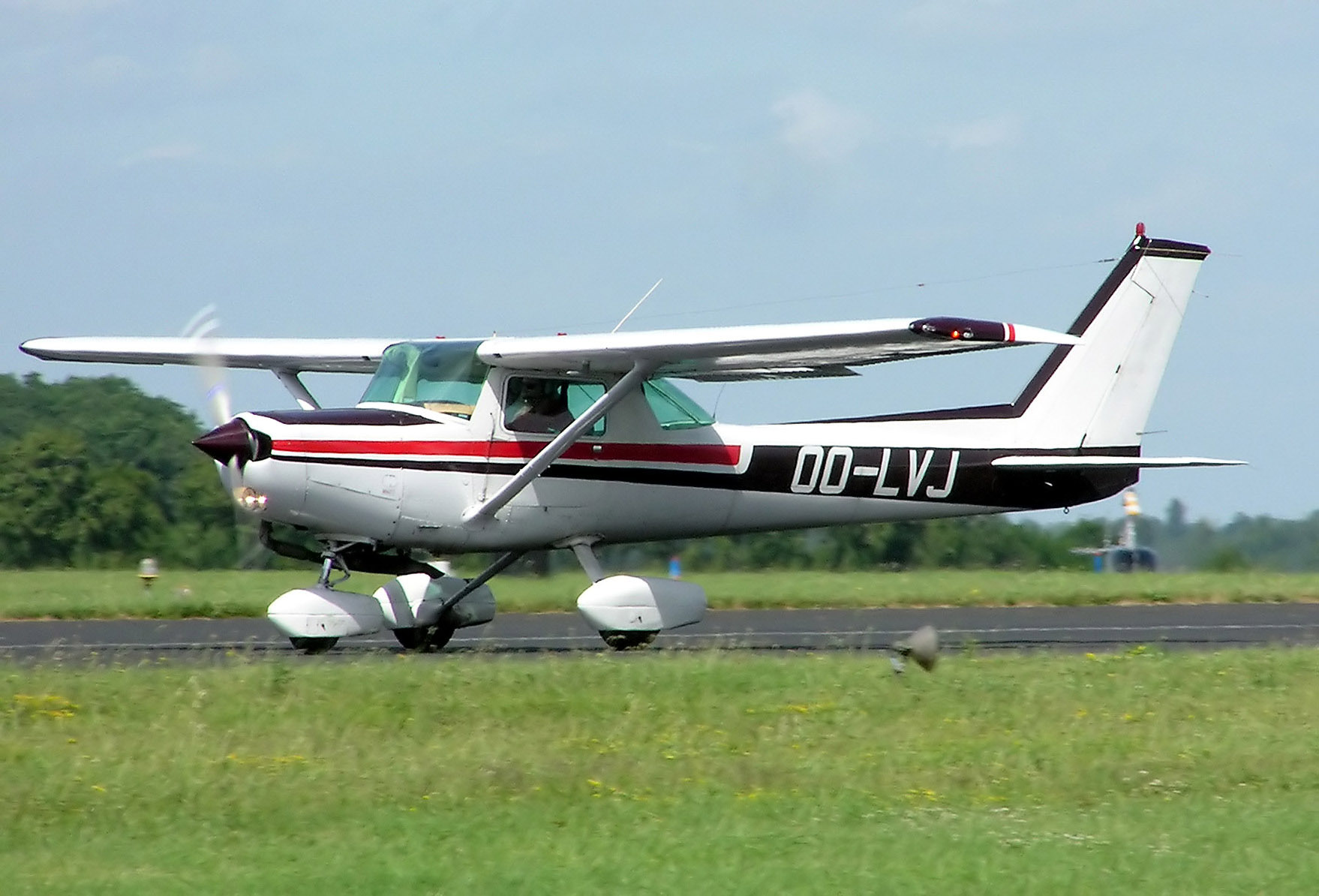Radio controlled airplanes also called R/C airplanes are fun to build and fly. There are many types of R/C airplanes with many different configurations. For the beginner, you might try buying a kit and learn to build it first. Then you can learn to fly it, if your kit has all the equipment needed. Your kit should include the airplane, a 4 channel controller transmitter and receiver, motor with prop, batteries, servos, and a charger. I have added some pictures below to show a kit and equipment that is needed.
I also have included some pictures that show the different types of R/C airplanes.
Once you buy your kit, the fun begins. It will take many hours of time to build the airplane. Some kits require you to glue every part, some just snap together. Other kits use light wood called balsa wood. These kits that use balse wood have you cut out all the parts and then glue them together. Afterwards you must cover the wood airplane in a material that will shrink when you use a hair dryer over the material. This allows the wind to go over and around the airplane and most important to fly.
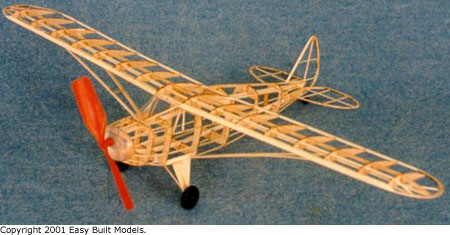
I like to build the airplane from foam board. That way I can build any design I think will fly. If you choose to build your own design you must have all the equipment that I talked about earlier. A 4 channel transmitter and reciever allows you to use one channel for each thing you need to do to fly the plane. You need one channel for the motor speed, you need another channel for flaps which makes the plane go up or down. Another channel is needed for rudder which helps the airplane to go left or right and the last channel is needed for the landing gear to raise and lower the landing gear. You can buy a 5,6, or 8 channel transmitter and receiver but it will cost much more. The more channels you have lets you do more with the airplane.
When you choose the motor and prop it will depend on the size, wing span, design and weight of the airplane. You might get some help for this because after you build the airplane it might be too heavy for some motors and props. If you get a bigger motor you will need a bigger battery which can make the airplane heavier. I have a small scale to check the weight before I figure out which motor to use. For beginers, I recomend a 140Kv motor. This will work with most planes. If you want to have a fast and agile plane; then you will have to have a extreamly light plane. For starts, use a 5,000Kv motor with a gear box. You can burn out a motor with that much power. Use a small prop!
When you begin to fly the airplane you will most likely crash the plane. This I have found out is what everyone does when they learn to fly these planes. This is another reason I build my own with foam board. I can repair the plane or build another and get back to flying.
You can learn alot from building these airplanes.
I hope you enjoy building and flying your R/C airplane!



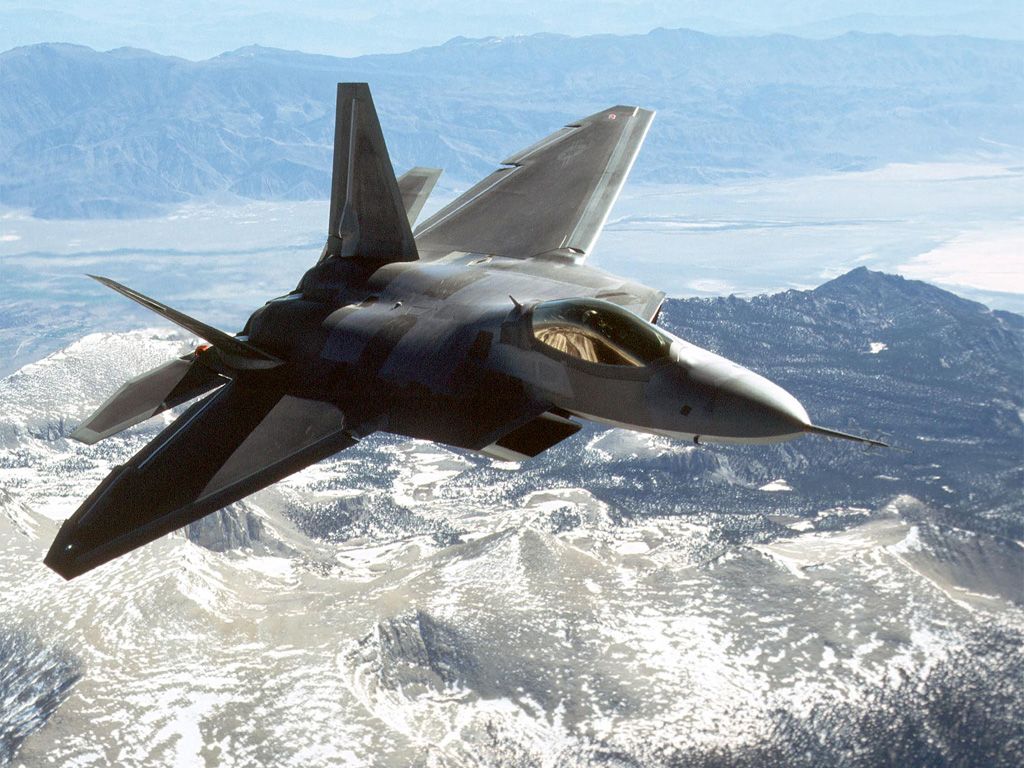 This fighter is the most recent of the 5th gen fighters. The aircraft was designed by Lockheed Martin. Lockheed Martin The fighter is built to be an air to air combat fighter. While the most resent F-35 is made for sneak- attacks on buildings. Though each was designed for different purposes; each was designed to replace a certain line of craft. The F-22 was designed to replace the F-35, the F-18, the F-14, and the Vought LTV A-7 Corsair 2. This plane was designed to carry concealed missiles and weaponry. This created the sense that the plane is not armed. This is not true because at any given moment the craft can open the compartments and position the missiles. The computer can the scan the sky for any planes and determined if they are friend or foe. If the plane is an enemy, then the computer locks it on and tracks it. If the pilot so chooses, he can press the release button and ignite the missile. The missile then tracks the enemy aircraft through laser guidance or infrared light. The plane goes BOOM.
This fighter is the most recent of the 5th gen fighters. The aircraft was designed by Lockheed Martin. Lockheed Martin The fighter is built to be an air to air combat fighter. While the most resent F-35 is made for sneak- attacks on buildings. Though each was designed for different purposes; each was designed to replace a certain line of craft. The F-22 was designed to replace the F-35, the F-18, the F-14, and the Vought LTV A-7 Corsair 2. This plane was designed to carry concealed missiles and weaponry. This created the sense that the plane is not armed. This is not true because at any given moment the craft can open the compartments and position the missiles. The computer can the scan the sky for any planes and determined if they are friend or foe. If the plane is an enemy, then the computer locks it on and tracks it. If the pilot so chooses, he can press the release button and ignite the missile. The missile then tracks the enemy aircraft through laser guidance or infrared light. The plane goes BOOM. 
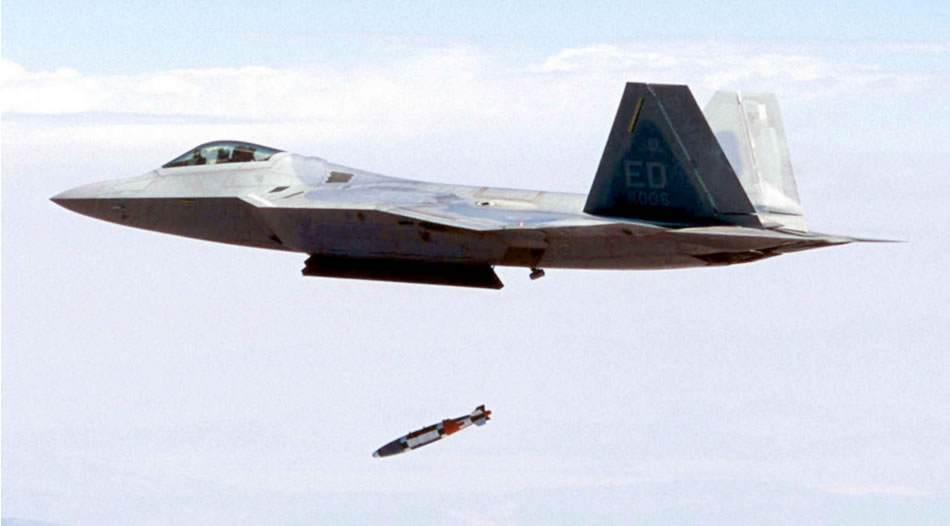

 The F-22 arment is made to meet anemy fighters in the air. The fighter's arment includes AIM-120(seen in the picture to the right). Raytheon AIM-120 missiles are straight line missiles that can hit enemy fighters
The F-22 arment is made to meet anemy fighters in the air. The fighter's arment includes AIM-120(seen in the picture to the right). Raytheon AIM-120 missiles are straight line missiles that can hit enemy fighters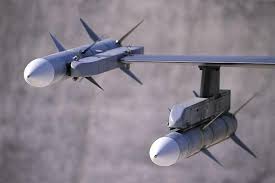




 The air craft was designed to travel at high altitude, then drop out of the sky and get close to the ground. It then shoots to half throttle towards its target and locks on. It arms a bomb and accelerates to almost Mach. The pilot switches the cockpit HUD to PAVE or CCIP and drops the bomb. It can not do the same thing with a missile. If the pilot so chooses to fire a missile; he can not accelerate to that high of a speed. He must also fire the missile from a higher altitude. Notice that the cockpit has two joysticks. That is because one is for piloting the plane, and one is for targeting and dropping bombs and missiles.
The air craft was designed to travel at high altitude, then drop out of the sky and get close to the ground. It then shoots to half throttle towards its target and locks on. It arms a bomb and accelerates to almost Mach. The pilot switches the cockpit HUD to PAVE or CCIP and drops the bomb. It can not do the same thing with a missile. If the pilot so chooses to fire a missile; he can not accelerate to that high of a speed. He must also fire the missile from a higher altitude. Notice that the cockpit has two joysticks. That is because one is for piloting the plane, and one is for targeting and dropping bombs and missiles.